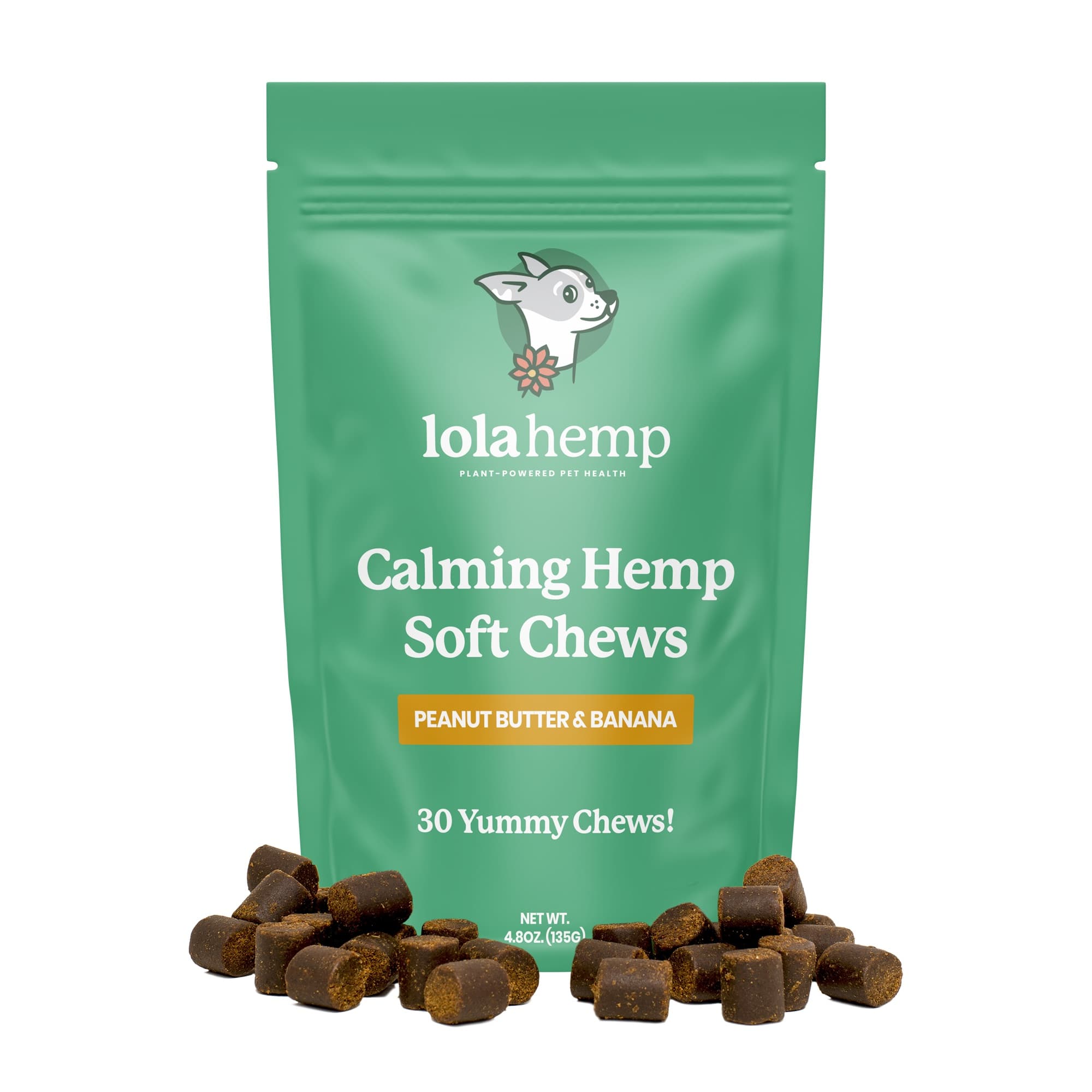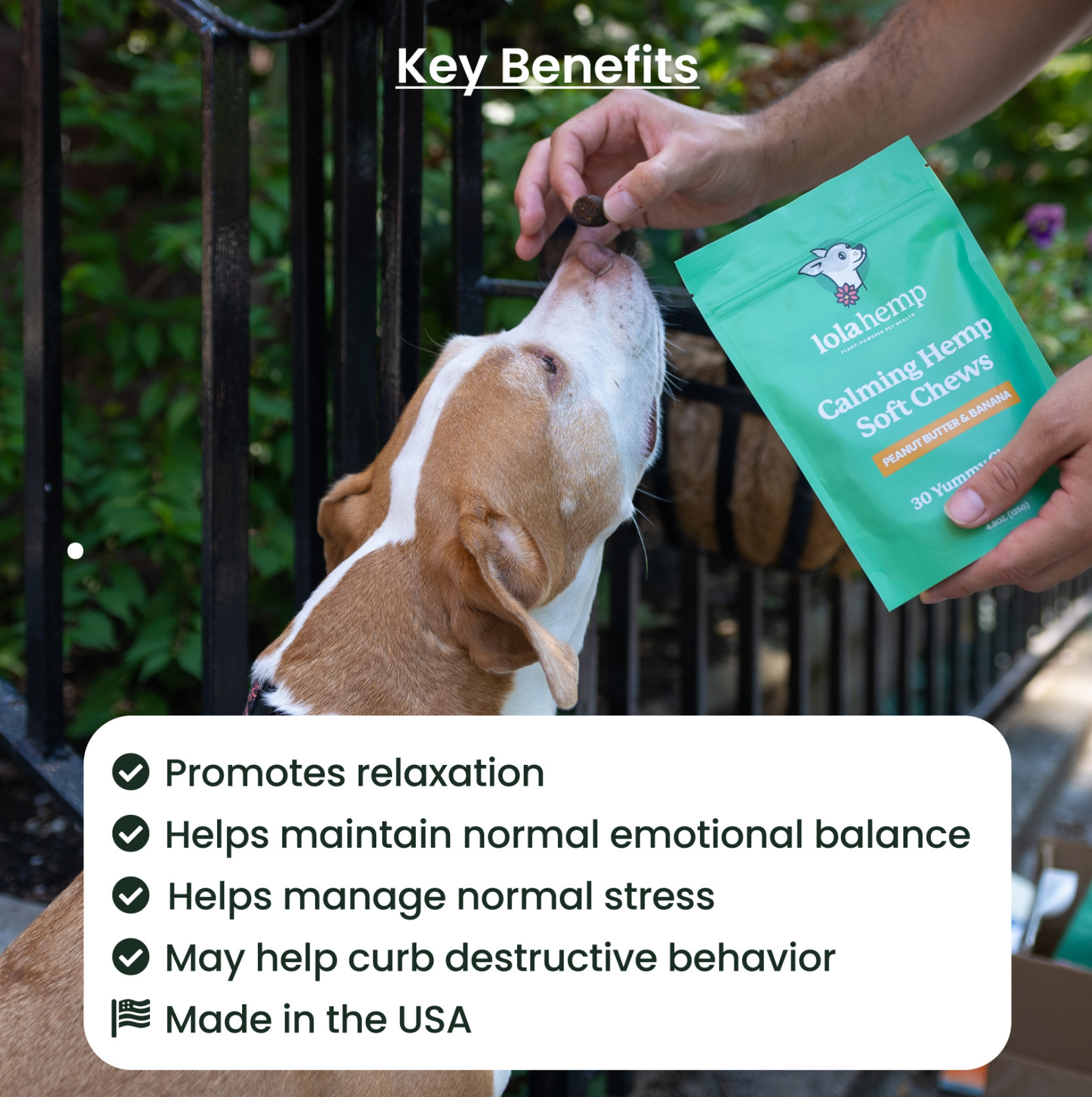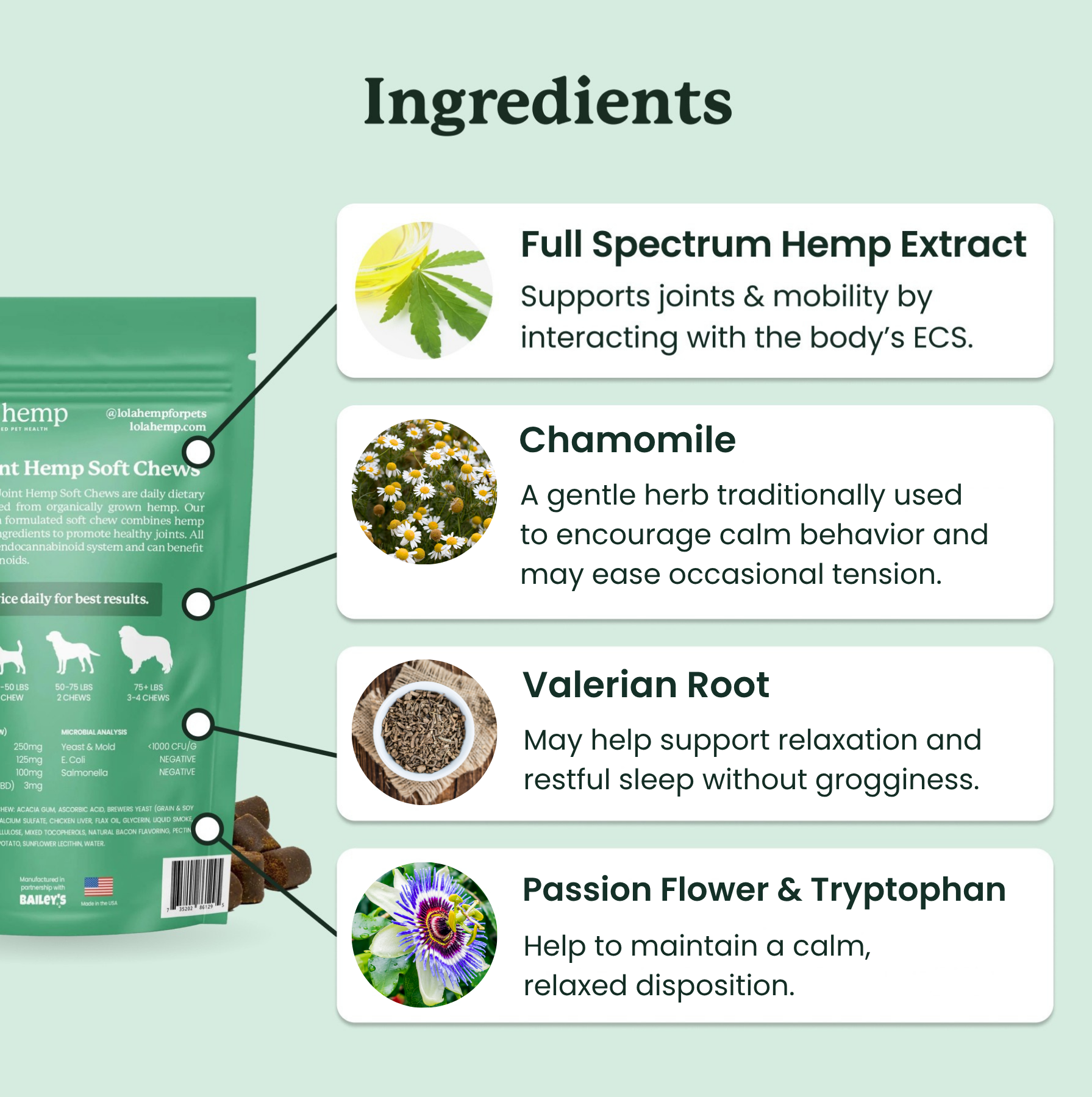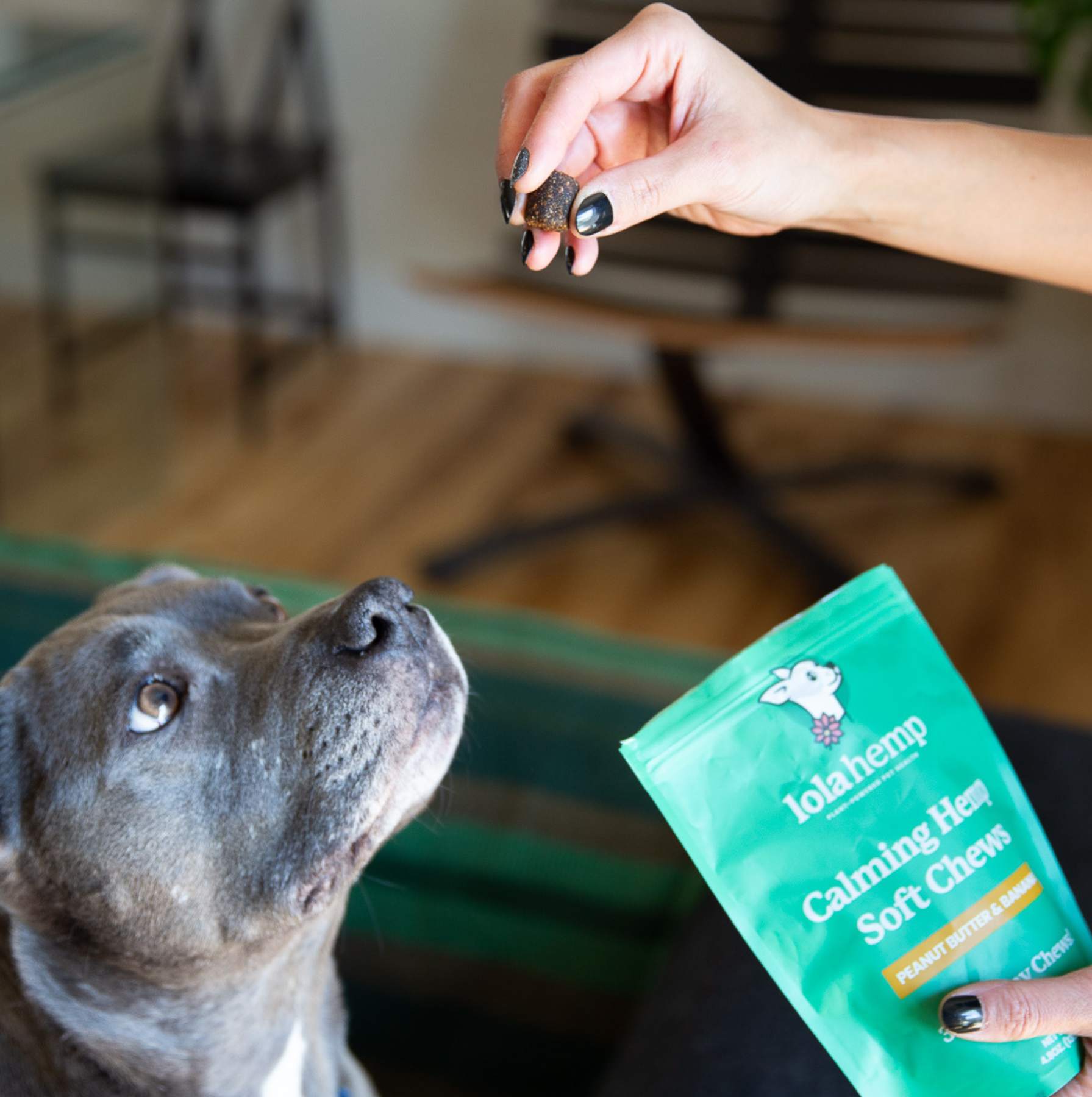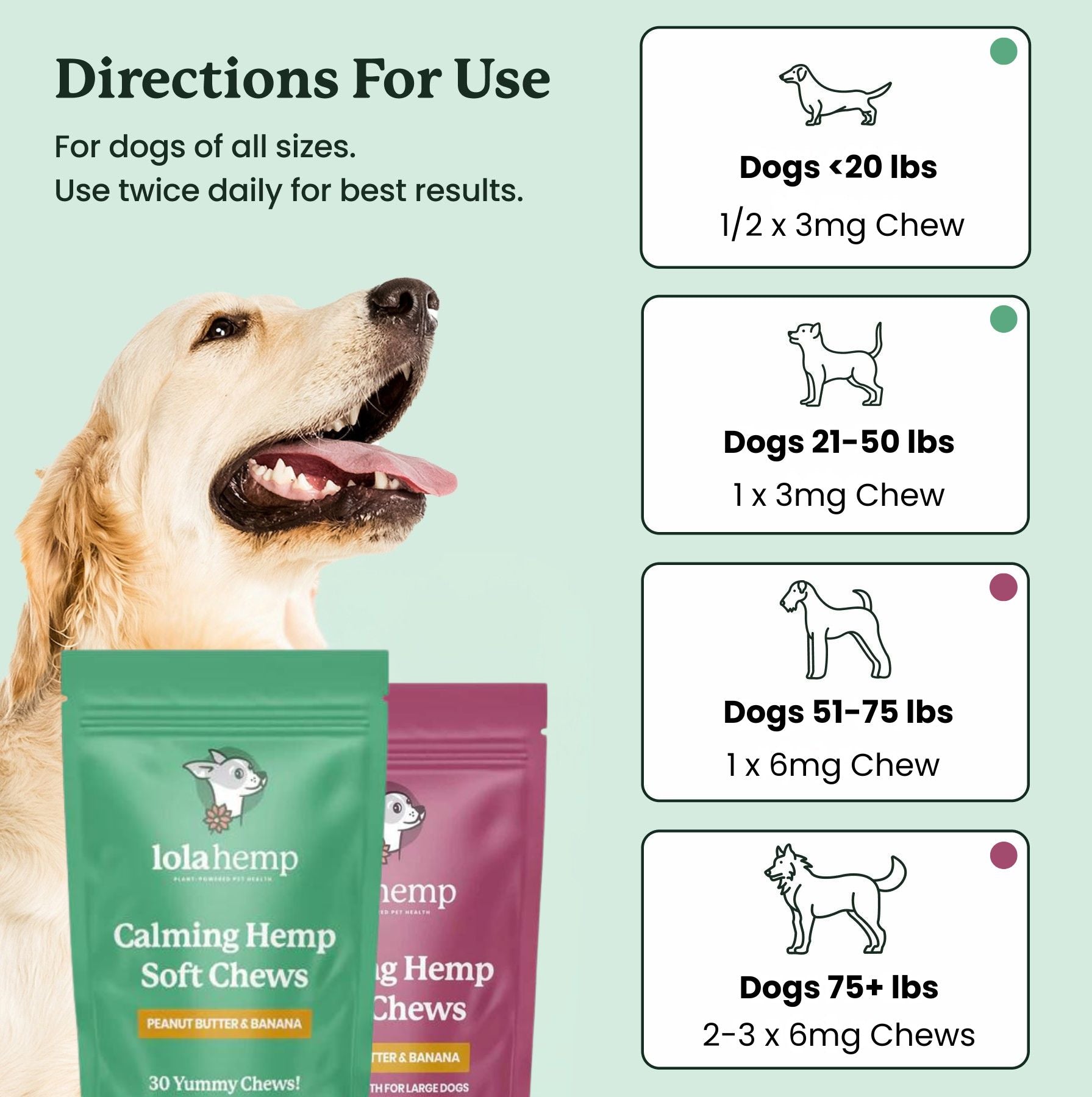It's challenging to spend quality time with your dog when their breath wreaks with a fishy smell. We're not talking about the normal aroma of a dog's breath. We're talking about a uniquely powerful fish smell. Fortunately, this ranks among the other common issues that dogs face, so you probably don't need to worry too much.
If your dog fish breath right now, you know what we mean, and you're in the right place. This article discusses potential reasons that your dog's breath smells and what to do about it.
Why Do Dogs Get Fish Breath?
If your dog's breath is emitting a powerful fish-like aroma, odds are that the issue is caused by plaque and gum disease. Here's a little more about each of those issues:
-
Plaque, Bad Dental Hygiene: Not all dog owners know that canine dental hygiene is something they should worry about. In reality, dog owners need to brush their dogs' teeth on a regular basis.
- Your choice of pet food can also have a strong influence on your dog's dental health. Most kibble is high in carbohydrates and sticks to your dog's teeth, allowing bacteria to thrive.
- Gum Disease: Gum disease is typically started by the presence of plaque and tartar that progresses to cause irritation and swelling around the base of teeth and gums. Ultimately, gum disease signifies a more advanced presence of bacteria in your dog's mouth.
In more serious situations, your dog could have an infection in the mouth, diabetes, gut health issues, or liver disease that causes their bad breath. If the smell gets progressively worse, even as you practice good dental hygiene for your dog, you should investigate the source of the smell with your veterinarian.

Is Bad Breath Unusual for Dogs? Is It an Issue?
Dogs aren't known for their minty fresh breath in general, but it's unusual for your dog to have consistently fishy. The same is true if your dog's breath smells sweet, smells like feces, or has any other unusual change in odor.
If your dog's breath smells terribly for more than a few days, it's worth visiting your veterinarian. Breath always reflects the state of oral hygiene in your dog's mouth, but it can also reflect the overall state of health in their body.
So, foul smelling breath can indicate issues with your dog's bodily health, whether or big or small. Wait a day or two to see if the smell persists despite your attempts to brush your dog's teeth, and visit your veterinarian if you don't see any changes.
How to Brush Your Dog's Teeth
If you want to get to the bottom of your dog's bad breath, you'll have to brush their teeth.
To brush your dog's teeth, follow these simple steps:
- Get the right tools: Use a dog toothbrush and toothpaste designed for pets. Human toothpaste can be harmful to dogs.
- Prepare your dog: Start by getting your dog comfortable with having their mouth touched. Gently lift their lips and rub your finger on their teeth and gums before introducing the toothbrush.
- Start slow: Begin brushing in short sessions, focusing on the outer surfaces of the teeth. Gradually work up to brushing the entire mouth.
- Brush gently: Use small, circular motions to clean the teeth. Focus on the back teeth where plaque tends to build up.
- Be consistent: Brush your dog’s teeth at least 2-3 times a week to maintain oral health. Daily brushing is ideal.
Tip: Reward your dog with praise or a treat after each session to help them associate brushing with something positive.
Pro Tip: Use a calming chew before you brush your dog's teeth. Giving your dog a Lolahemp Calming Chew about 40 minutes before brushing your dog's teeth can help to provide a relaxed emotional state. This will allow you to get into your dog's mouth and scrub without as much fuss.
Conclusion
Your dog's bad breath may not be a big issue, but it could be. Start prioritizing your dog's oral hygiene by brushing roughly 2-3 times per week and see if the smell persists.
If the odor gets worse or starts to change in nature, visit your veterinarian. Additionally, visit your veterinarian if the smell doesn't go away.
As you start your dog's oral hygiene journey with regular brushing, consider a calming chew like Lolahemp's Calming Chews to make the process go by more smoothly.
Frequently Asked Questions About Dog Fish Breath
What causes a fishy smell on my dog's breath?
A fishy smell on your dog's breath is most commonly caused by plaque buildup and gum disease. Poor dental hygiene allows bacteria to thrive, which can create strong odors.
Is fishy breath in dogs a sign of a serious problem?
Fishy breath can indicate oral hygiene issues, but it may also point to more serious conditions such as infections, diabetes, gut health problems, or liver disease. If the smell worsens or persists, consult your veterinarian.
How can I improve my dog's fishy breath?
You can improve your dog's fishy breath by brushing their teeth regularly, choosing appropriate pet food, and maintaining overall oral hygiene. If the smell remains, visit your veterinarian to identify the underlying cause.
How often should I brush my dog's teeth?
You should brush your dog's teeth at least 2-3 times per week, with daily brushing being ideal for maintaining good dental health and reducing bad breath.
When should I take my dog to the vet for bad breath?
You should take your dog to the vet if their breath smells terrible for more than a few days, changes in odor, worsens despite dental hygiene, or if you suspect a deeper health issue.

